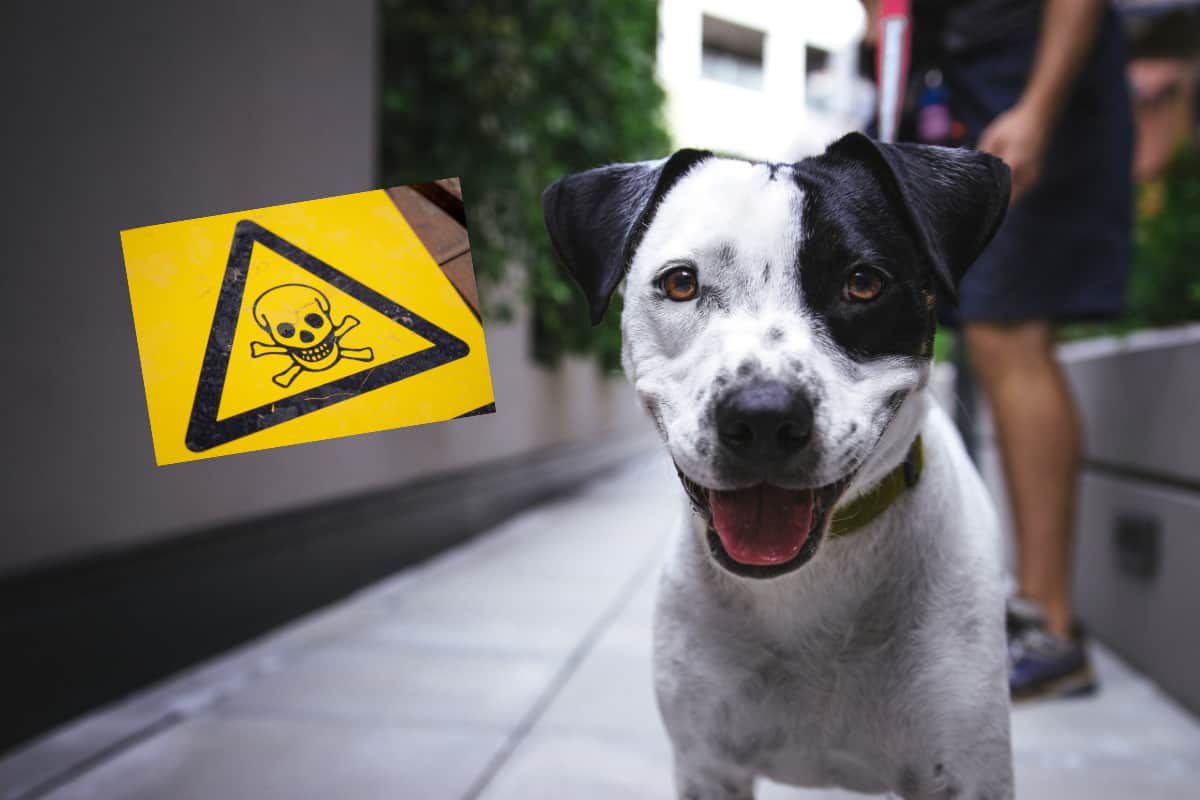How to start a dog walking business: Step Six
Outdoor dangers to dogs.
Outdoor dangers to dogs – Things to be aware of when your outside with a client’s dog.
View our ten steps to quickly launching your pet business.

Outdoor dangers to dogs.
The number one job of a dog walker is to keep your dogs safe. There are many potential dangers outside the home.
We recommend always erring on the side of safety.
There’s nothing to be gained by letting a dog sniff an oil puddle by a car.
There’s nothing to be gained by letting a client’s dog socialize too long with another dog displaying aggressive body language.
Here is a checklist of things to look for outside. Some of them might not exist in your area.
Outdoor dangers to dogs
- Blind spots (building edges, doors, elevators, and intersections): A blind spot is an area you can’t see ahead of time. I recommend you peek around blind spots before putting your client’s dog into the blind spot. Many dog walkers put their dogs into the blind spots before they know if there’s danger. You never know what’s behind a blind spot. There could be a car, bicycle, aggressive dog, etc.
- Antifreeze car fluid: Strangely, antifreeze fluid tastes sweet. Antifreeze is often found in small puddles by cars. Make sure to avoid these puddles.
- Electric poles and anything with electricity: I avoid anything with electricity on a dog walk, especially on rainy days. I would prefer not to have to worry about stray voltage.
- Metal, especially grates: Dogs hate the feeling of having their nails fall into the grates, and metal conducts electricity.
- Encountering other dogs: Once you master our recommended body language resources, you’ll better notice the signs of a dog that might bite. You’ll usually see the signs in a dog ahead of time, and you must separate your client’s dog when you notice these times. Please do not depend on a pedestrian to understand the signs of their dog or yours. It’s your job to protect your client’s dog. Avoid socializing with dogs who display symptoms of fear or anxiety.
- Broken glass: Tiny pieces of broken glass can get in the paw pads of dogs.
- Food & bones: Foods could be rotten or toxic to dogs, and bones are a significant choking hazard.
- Hard plastic: Hard plastic can get stuck in a dog’s digestive system.
- Puddles: It’s best to avoid any puddles or moisture on the ground.
- Winter salt: De-Icing Salt can burn a dog’s feet and can be poisonous if a dog licks off its feet.
TOXIC PLANTS
Homeowners do not realize that plants growing within their property could be outdoor dangers to dogs. Examples of these toxic plants and flowers include;
* Kalanchoe
* Oleander
* Foxglove
* Lily of the valley
* Daffodils
* Aloe
* Peonies
* Gladiolas
* Chrysanthemum
WILD ANIMALS
Predatory DANGERS TO DOGS OUTSIDE are also common, especially for those who live in areas with dangerous indigenous wildlife. Wild animals such as coyotes, bears, and feral cats, among others, can be dangerous to dogs if they meet. Some of these wild animals, for example, skunks and raccoons, can be carrying rabies. It is important to keep your pets vaccinated and away from such predators as far as possible.
EXTREME HEAT
Spending much time under heat can also be an outside danger to dogs. Heat exhaustion and heat strokes can cause organic dysfunctions, and in extreme cases, death. Symptoms of a heat-exhausted dog include;
* Excessive panting
* Weakness
* Confusion
* Restlessness
The risk-free option is to follow your perception of the temperature. If you notice the weather is too cold or hot for you, chances are the dog is feeling it too, except the dog won’t communicate to you. You can also construct a shade outside for the dog and ensure it is well-hydrated.
WORMS
The American Animal Hospital Association developed guidelines that dogs should be screened for parasites regularly and treated for infestations. These parasites that dogs can come across include worms such as;
* Tapeworm
* Roundworm
* Hookworm
* Heartworm
* Whipworm
Infected mosquitos can expose dogs to heartworms. Infected rodents and rabbits that live in your garden can expose your dogs to microscopic roundworms, tapeworms, or whipworm eggs found in contaminated soil.
Dogs can also catch lungworms from eating infected snails or from their slime trails.
PONDS AND LAKES
If you have a pond or lake with saltwater or warm freshwater near your home, chances are you are exposed to blue-green algae. Such bacteria form floating mats on pond surfaces. Blue-green algae discolor water and discharge harmful toxins. Ensure your dog does not drink this water since it could lead to serious medical complications.
Full List
- Claim your free Google Business Places listing.
- Understanding the body language of dogs.
- Leashing a dog.
- Choosing the right dog leash.
- Household dangers to dogs.
- Outdoor dangers to dogs.
- Create a business card.
- Dog walking insurance.
- It’s time to walk some dogs.
- Relationship build with dog trainers.
- Relationship with your peers.
- Claim your free SparkyGo listing.
